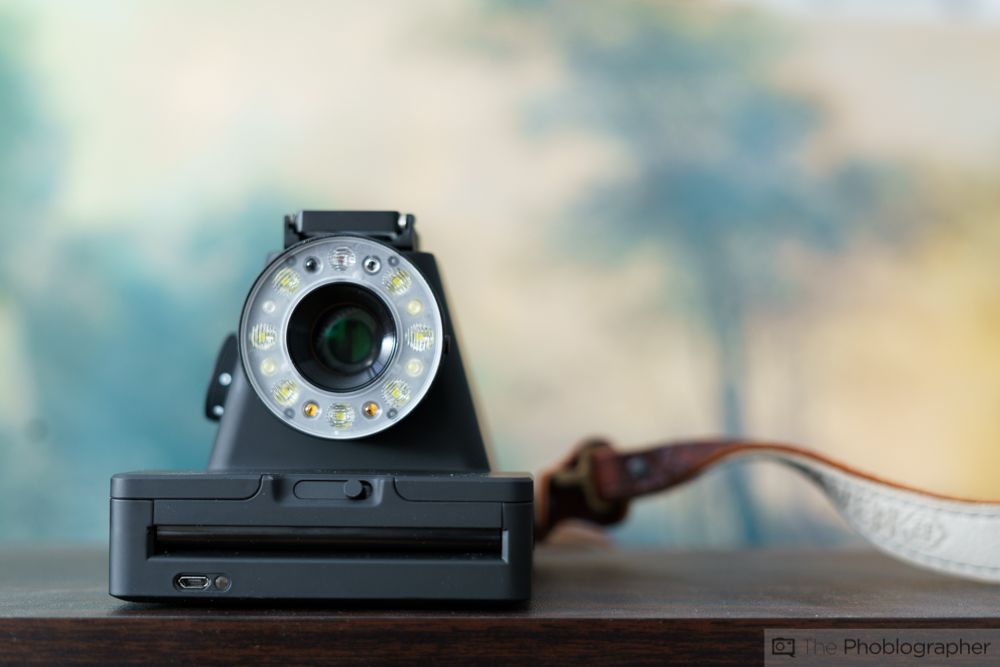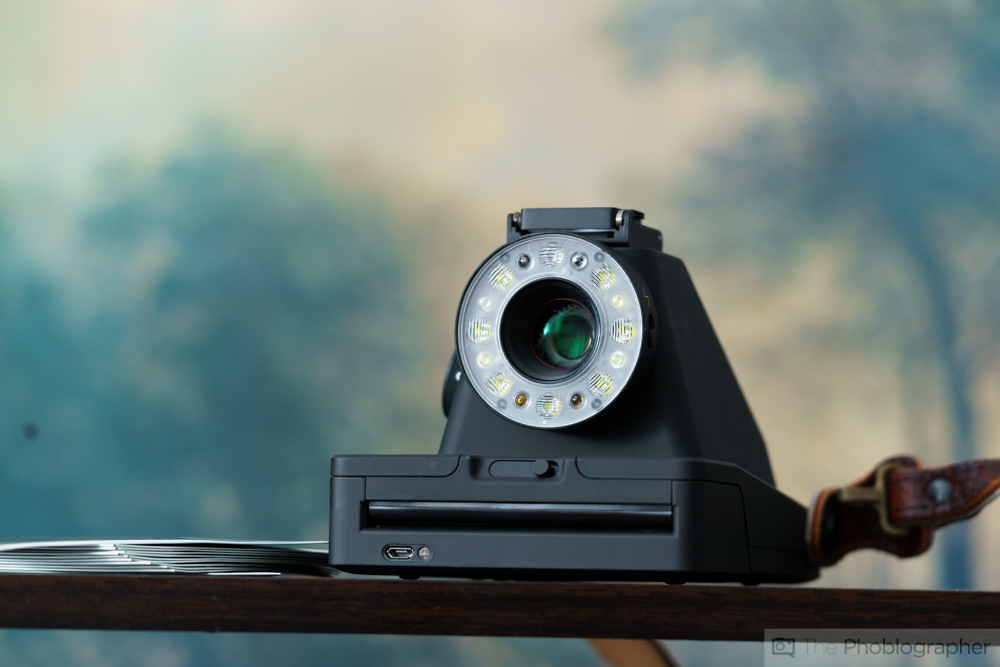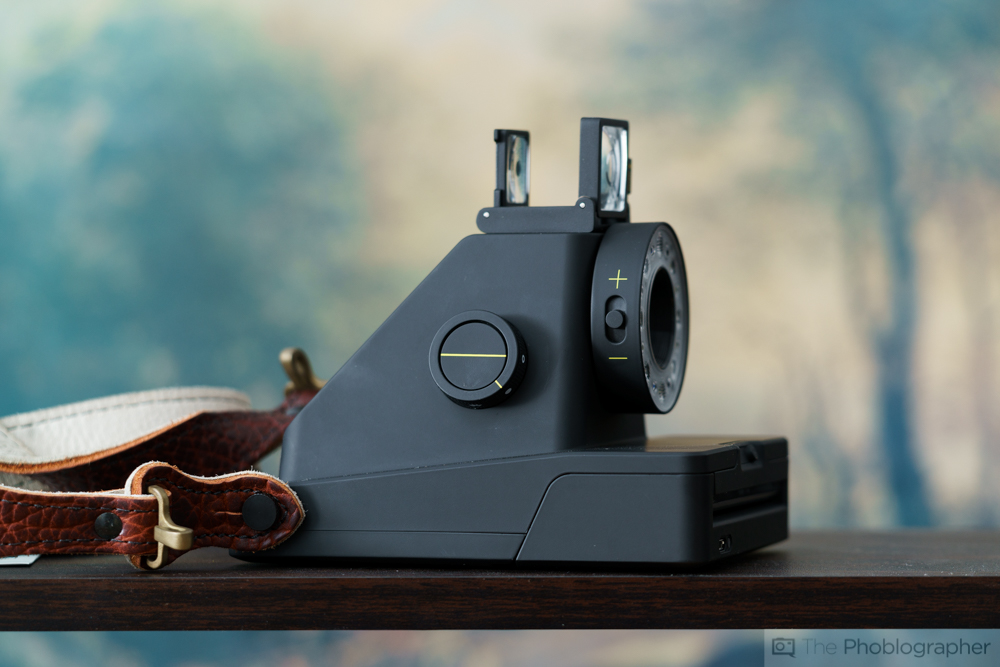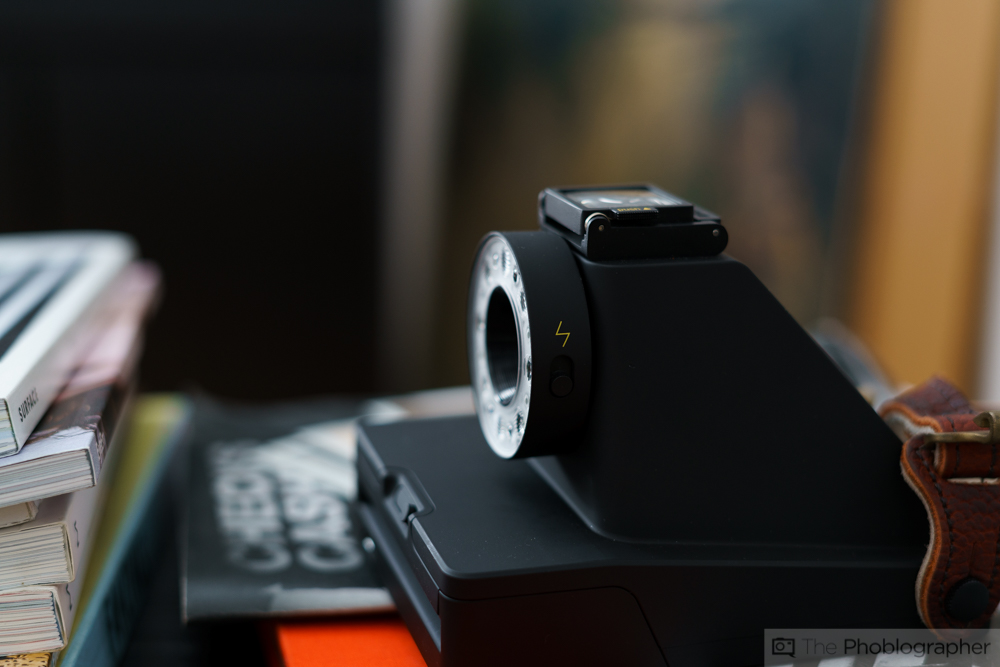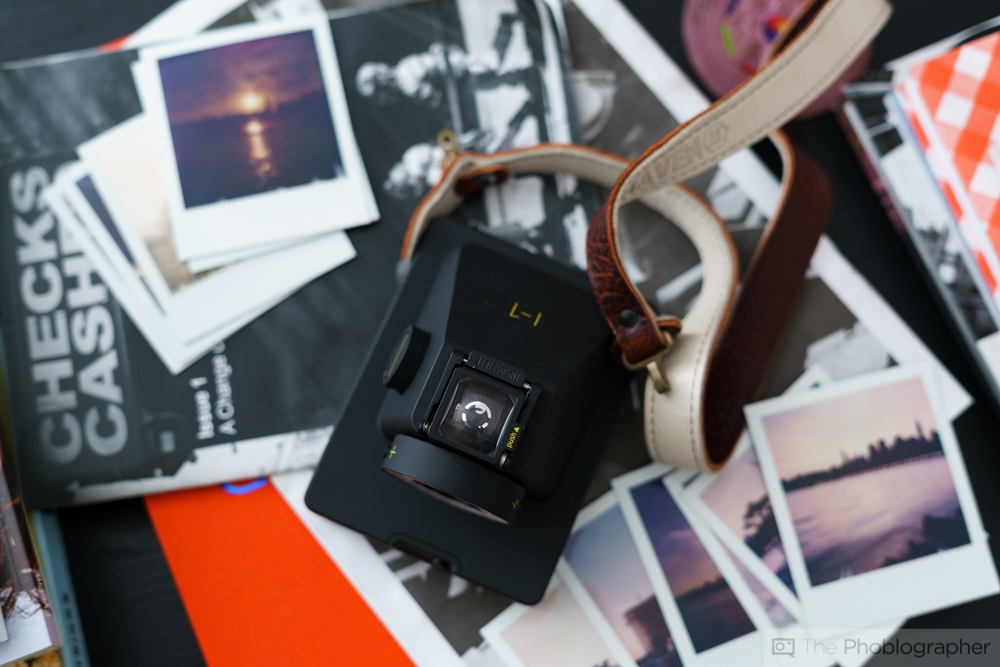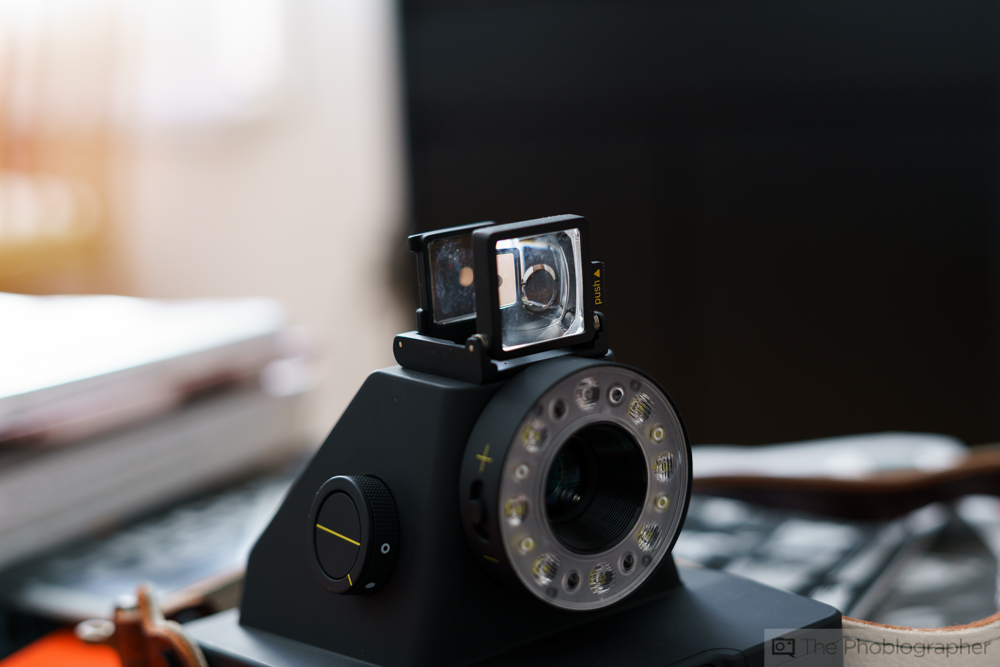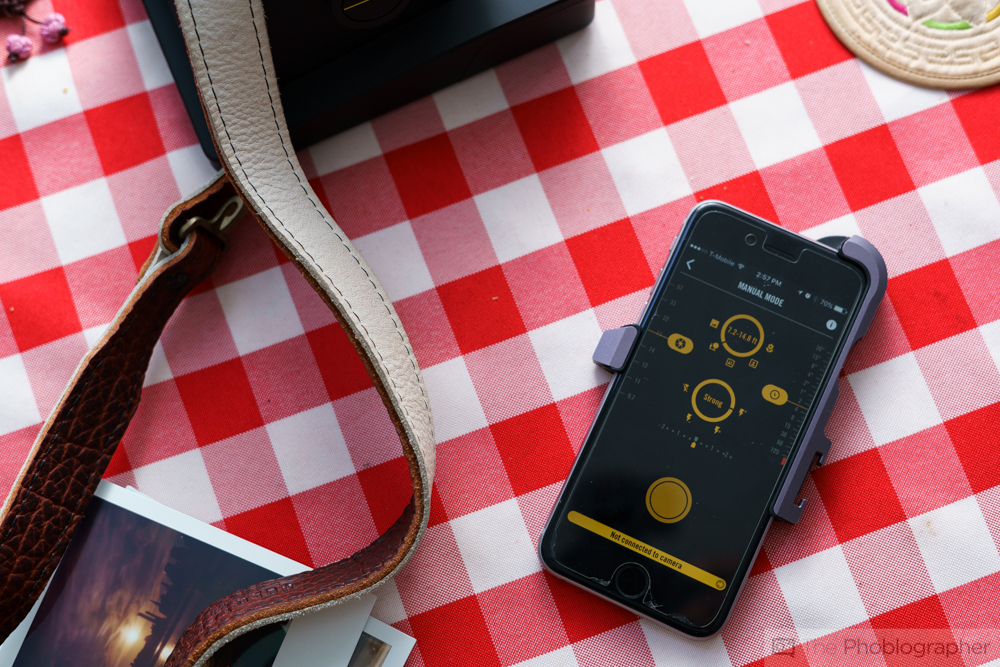Last Updated on 08/11/2016 by Chris Gampat
We’ve waited a long time for a brand new Polaroid camera if you’re in the analog market, and just this year the Impossible Project announced the I-1: which is in many ways a world’s first for analog film cameras. With a slightly retro design though in some ways embracing the future, the camera is pretty easy to operate and pretty simple to use if you know how Impossible Project’s film work and if you’re just willing to be a bit more experimental. The Impossible Project I-1 is also pretty fun–which means that it’s bound to start conversations.
With that lean towards fun though, you’re going to get varied results.
Pros and Cons
Pros
- Manual control via the app is extremely cool
- Dials and knobs are all pretty simple to use and understand
- Probably the best camera to spit out Impossible Project’s film
- Pretty accurate autofocus, though slow in low light
Cons
- A plastic lens only goes to show how far Instant film can go
- Battery drains pretty fast
- Film ejection cover sometimes gets caught at the ejection door
- Wish there were more shutter speeds and apertures
Gear Used
The Impossible Project I-1 was used with Impossible Project color and black and white film.
Tech Specs
Specs taken from the Impossible Project I-1 listing page.
OPTICAL SYSTEM
Lens: 6 lenses total, with 5 possible configurations
Autofocus: 5 zone autofocus system, using reflective IR ranging
Macro (0.3–0.5m)
Close-up (0.5–1.0m)
Near-field (1.0–2.2m)
Mid-field (2.2–4.5m)
Far-field (4.5–∞ m)
Focal length: 82–109 mm
Field of view: 41 degrees vertical, 40 degrees horizontal
FLASH SYSTEM
12 LED advanced ring flash, consisting of 8 focused LEDs for increased range + 4 diffuse LEDs for softer light at closer distances (portraits).
APP
The I-1 App for iOS works on iPhone and iPod touch devices running Apple iOS 9 and iOS 8. To find out more and download the App, visit the Apple App Store.
Ergonomics
When you look at the Impossible Project I-1, what you first start to think about is the very interesting and a bit alien look. Yes, that’s a ring flash on the front of the camera–and no it’s not a particularly great one. But after this weak little flash goes off, you’ll get a brand new image spat right out from the ejection port on the front of the camera.
Below this port is where you’ll find the charging port.
Move to the side of the camera and what you’ll find is a knob. There are three positions here: on, off, and bluetooth. When in bluetooth mode, you’ll have camera control from your phone. You’ll also spot exposure compensation around the lens here.
Turn to the other side of the camera and what you’ll find is flash control.for the flash. I typically leave it off unless I’m very close to a subject. Even then though, focusing may be tough.
On top of the camera is this little viewfinder that pops up. It isn’t through the lens though, so you’ll need to compensate for something being below it.
Build Quality
The Impossible Project I-1’s build quality is kind of weird. The knobs and switches feel nice, but the finish is prone to getting scuffed. Additionally, it’s a bit weird to hold. It makes better sense to put the camera on a tripod. At the same time though, it’s not designed to be rough and tumbled, though I will say that the camera survived some rain drops when being caught in a storm here in NYC.
Autofocus
Focusing with the camera is done automatically unless you connect the app. Generally, it’s very accurate though sometimes it can be slow to shoot. Sometimes you’ll hear it focusing and other times you won’t. It’s a mixed bag, but I generally like manually focusing with this camera.
Ease of Use
There’s something for everyone here with the Impossible Project I-1. If you don’t know a thing about the complicated technicalities of photography, then you can simply just never connect the app and shoot. But if you don’t connect the app, you’re doing yourself a great injustice.
The app allows you to enable various modes like multiple exposure, slow shooting, manual control, etc. Obviously manual control is my favorite and considering that it’s working with bluetooth it just makes sense. The interface is simple while the communication is fast. Better yet: the app tells you when you’re under or overexposed.
What you’ll be bummed out by though is the battery life. So be sure to charge this camera often.
Image Quality
These scans honestly look great, but the actual prints are a bit too dark for my liking despite actually metering the scenes properly with a handheld light meter. The Impossible Project’s I-1 has a plastic lens on the front. However, this lens is a higher quality and it’s easy to be able to tell the difference between this and an old school Polaroid camera.
This is by far superior though I wish it could go even further. Getting beautiful bokeh in a portrait lens with glass elements on this film is truthfully my dream.
Conclusions
Is the Impossible Project I-1 a fantastic camera? When you consider the awful battery life and then it’s just an okay camera. It’s by far the best camera that spits out Impossible Project film. But overall in the analog world, I’m yearning for something better with full manual control, glass lens elements and designed for a true photographer wanting to use all technical elements to deliver an artistic piece of work. And if something like that was in my hands, I’d do it without hesitation.
For the moment though, one can only dream.


